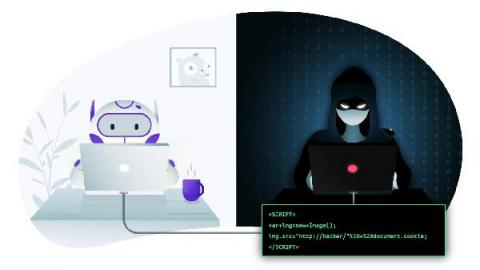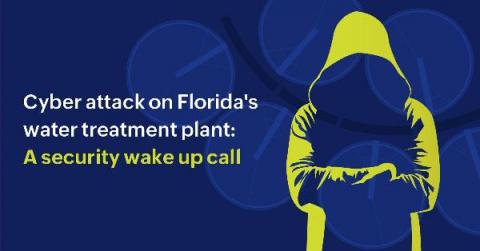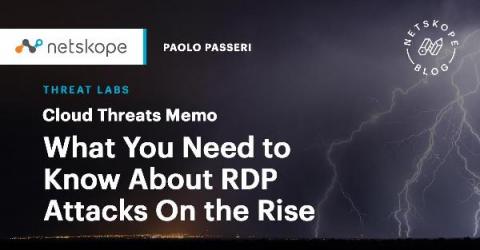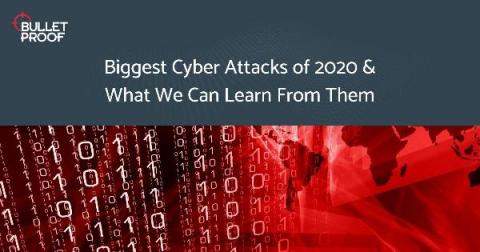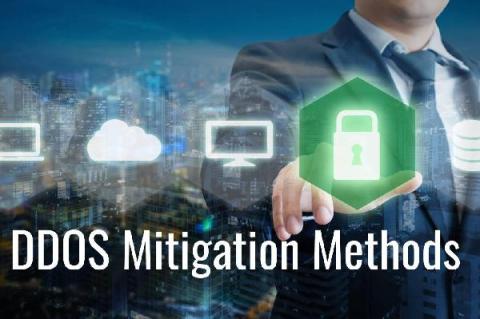What is Social Engineering?
The phrase “social engineering” sounds innocuous — but, this approach to hacking threatens organizations of all sizes. Social engineering may be an unfamiliar term, but the attacks that fall under this category are well-known. For instance, phishing attacks and ransomware attacks have seen massive increases in the last year. By some estimates, ransomware is up 700% and phishing campaigns are up over 200%.




